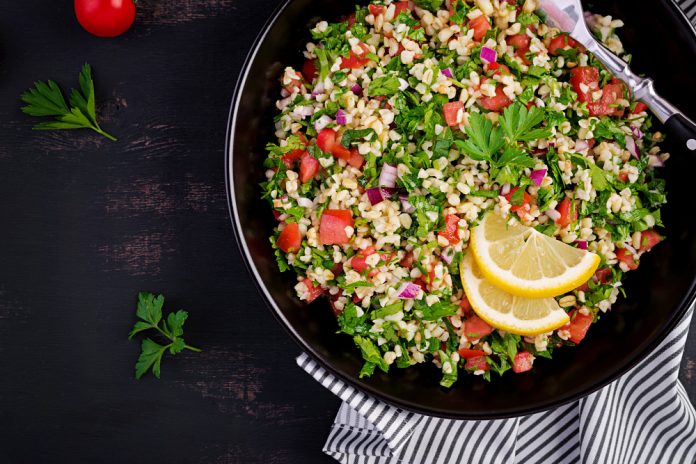In recent years, fancy healthy foods like chia seeds, quinoa, feta cheese, and goji berries have gained immense popularity among health enthusiasts. However, these imported superfoods often come with a hefty price tag, making them less accessible for many. Fortunately, India boasts a wealth of nutritious, locally-sourced alternatives that are not only budget-friendly but also packed with health benefits. Here’s a look at some Indian alternatives to these expensive superfoods.
1. Chia Seeds vs. Sabja Seeds (Basil Seeds)
Chia Seeds:
– Origin: Central and South America.
– Benefits: High in omega-3 fatty acids, fiber, and protein.
Sabja Seeds (Basil Seeds):
– Origin: India.
– Benefits: Similar to chia seeds, sabja seeds are rich in fiber, help in weight management, aid digestion, and provide cooling properties.
Usage: Both chia and sabja seeds can be used in drinks, smoothies, puddings, and salads. Sabja seeds swell up quickly when soaked in water, making them an excellent alternative to chia seeds.
2. Quinoa vs. Millets
Quinoa:
– Origin: South America.
– Benefits: High in protein, gluten-free, contains all nine essential amino acids.
Millets:
– Origin: India.
– Benefits: Rich in fiber, proteins, vitamins, and minerals. Types include finger millet (ragi), pearl millet (bajra), and foxtail millet.
Usage: Millets can be used to make porridge, upma, roti, and even as a base for salads. They are versatile and can replace quinoa in most recipes, offering similar nutritional benefits at a fraction of the cost.
3. Feta Cheese vs. Paneer (Cottage Cheese)
Feta Cheese:
– Origin: Greece.
– Benefits: Rich in calcium and protein, with a tangy flavor.
Paneer (Cottage Cheese):
– Origin: India.
– Benefits: High in protein and calcium, aids in muscle building and weight management.
Usage: Paneer can be used in salads, curries, and snacks just like feta cheese. It can be crumbled over dishes to mimic the texture of feta, providing a similar nutritional profile and taste.
4. Goji Berries vs. Amla (Indian Gooseberry)
Goji Berries:
– Origin: China.
– Benefits: High in antioxidants, vitamins, and minerals.
Amla (Indian Gooseberry):
– Origin: India.
– Benefits: Extremely rich in vitamin C, antioxidants, and has anti-inflammatory properties.
Usage: Amla can be consumed fresh, dried, or in the form of juice. It can be added to smoothies, chutneys, and desserts, providing a nutrient-rich alternative to goji berries.
5. Avocado vs. Banana
Avocado:
– Origin: Central America.
– Benefits: High in healthy fats, vitamins, and minerals.
Banana:
– Origin: India.
– Benefits: Good source of potassium, fiber, and vitamins B6 and C.
Usage: While avocados are praised for their creamy texture and healthy fats, bananas offer a similar creamy texture in smoothies and desserts, along with a wealth of essential nutrients. Mashed banana can also be used as a substitute for avocado in toast toppings.
6. Kale vs. Spinach
Kale:
– Origin: Europe.
– Benefits: High in vitamins A, K, and C, as well as antioxidants.
Spinach:
– Origin: India.
– Benefits: Rich in iron, vitamins A, C, and K, and antioxidants.
Usage: Spinach can be used in salads, smoothies, and cooked dishes just like kale. It is readily available and much more affordable, providing similar health benefits.
Eating healthy and opting for healthy foods doesn’t have to be expensive. India offers a plethora of locally sourced, nutrient-rich foods that can easily replace their costly imported counterparts. By incorporating these Indian alternatives into your diet, you can enjoy a variety of health benefits without breaking the bank. Embrace these budget-friendly options to maintain a healthy lifestyle by having healthy foods while also supporting local agriculture and reducing your food expenses.





























